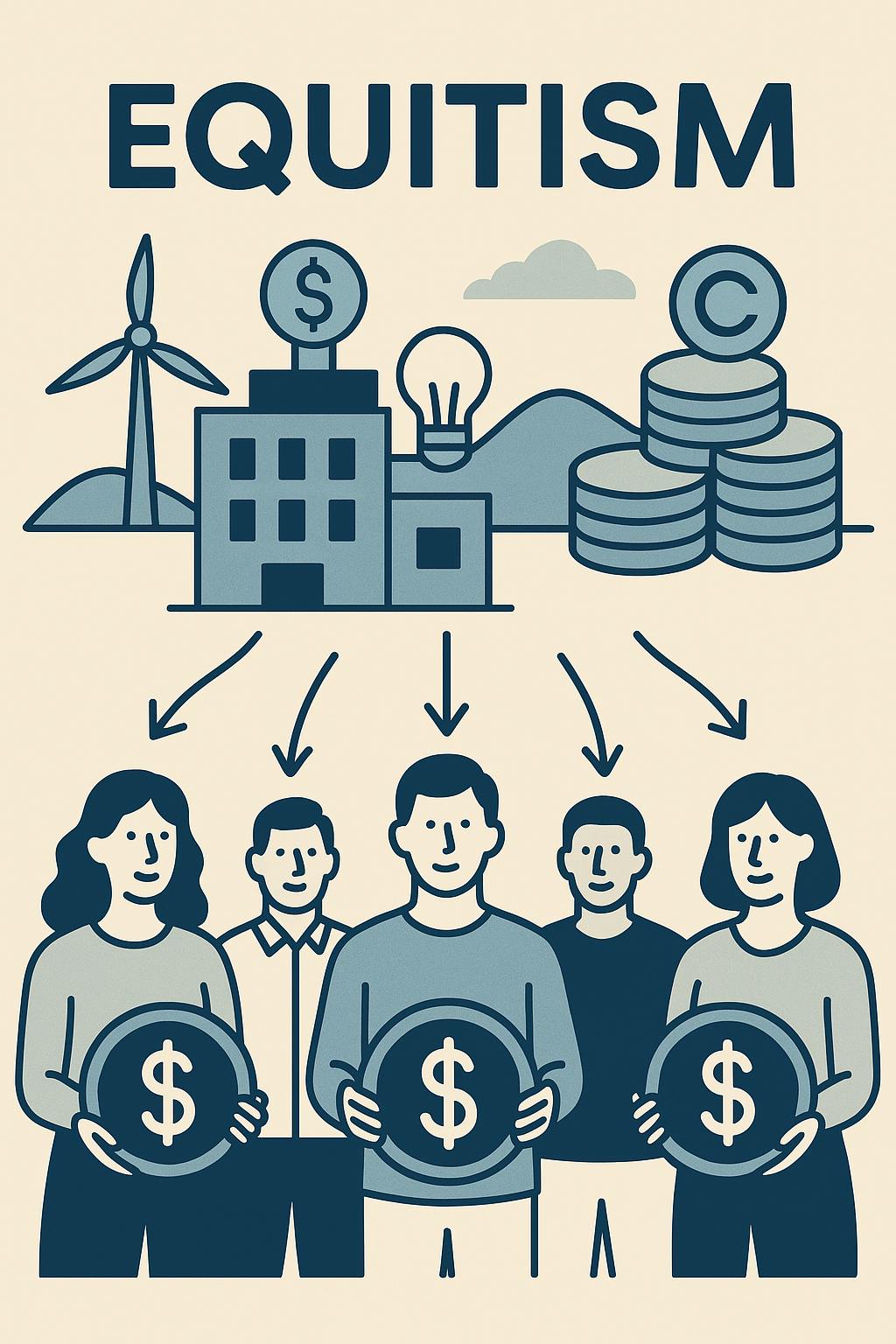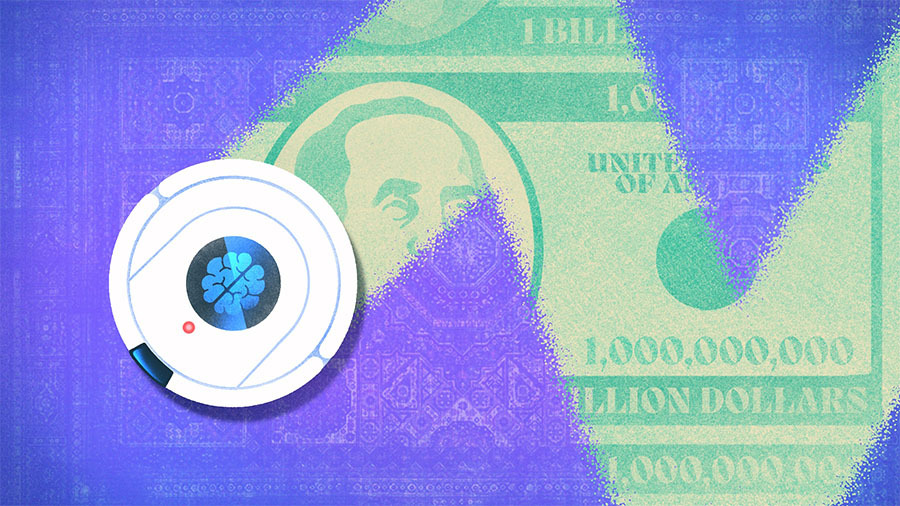THE colour and even the shape of your crockery could help you eat better without making a single adjustment to the food.
Scientists have revealed a number of ways you can trick your mind with what’s on your plate and make healthier foods seem more appealing.
3

3
And there are clever ways to fool your brain into thinking pudding is much sweeter than it really is without needing to add extra sugar to it.
If you’re guilty of snacking there are ways to help you eat less, says Oxford University Professor Charles Spence, author of Gastrophysics, The New Science of Eating.
Red alert
He told The Sun: “It depends what you are eating, but there is one set of findings that suggest if you’re eating unhealthy food – crisps, snacks, biscuits – if it’s put in a red bowl or a red plate, then you’ll be likely to eat less.”
“Red triggers an avoidance motivation, like a ‘don’t’, ‘stop’ colour.”
To make meals taste better, you might want to opt for a bowl instead.
This could be especially helpful for healthy meals when dieting as it makes lighter options feel heavier than they are and brings them closer to your nose.
“If you have the choice, eating from a bowl might be better than eating from a plate, especially if you hold it in your hand, then the idea is that it’s closer to your nose, you get more of the aroma,” Charles adds.
“This will help you feel fuller with less.
“And also, if the bowl is quite heavy, that will make you think you’re going to be more satisfied.”
Green light
If you’re going for leafy greens don’t put it on a green plate or bowl.
Professor Charles says colour variety makes meals more exciting.
And there have even been examples of turning salads into works of art to improve their appeal.
“Putting green salad on a green plate isn’t going to give you much contrast, but maybe the colour opposite so something more yellow to help bring out the contrast,” he explained.
Aside from plates and bowls, there are other scientific ways to improve eating habits – and paying more attention to what you’re munching plays a big part.
Final straw
Using straws to consume drinks isn’t a good idea, Professor Charles says.
That’s because you slurp liquids down much faster and rush away the sensation from the beverage, meaning you’ll just want to drink even more – which isn’t ideal for those calorific sugary fizzy drinks, milkshakes and alcohol.
“Some people have suggested we eat things with chopsticks to slow us down,” he joked.
But his biggest bit of advice is to turn off technology.
Distractions from gadgets tend to make us eat more because we’re not fully taking in our food.
Playing on a mobile phone tends to make you eat about 10 per cent more, while watching TV can make consume up to 30 per cent more.
How packaging can influence taste

It’s not just your plate and bowl that can influence our mind’s perception of taste – but also the packaging.
Companies have changed the colour of their packaging and consumers have claimed that the products taste or smell different.
One experiment scientists have carried out is putting prawn cocktail flavoured crisps into a cheese and onion bag, then giving them to people unsuspectingly.
Many people reported that they thought the taste of the crisps corresponded with the packaging blue packaging colour.
If you’re looking to buy healthier foods, stick to products in softer natural colours instead of bright eye-catching ones.
Sweet treat
If you struggle to resist pudding after dinner, there is a way to make those less-sugary options taste better, too.
And the best option is a white, round plate.
“We published a few studies saying that when we serve the same dessert on a white or a black plate then people rate dessert 11 per cent sweeter from the white plate than they do from the black plate, so the idea is you could reduce the sugar content of what you’re eating,” Professor Spence explained.
But sound can boost the sweetness, too.
Playing sweet, twinkling, high-pitched music has been found to boost the flavour of food.

3
How to blast belly fat WITHOUT going to gym or dieting
Chew your food
This mindfulness trick is used to focus your brain on the food you are eating – how it tastes and feels – rather than scoffing it in a hurry. If the brain does not register that you have eaten, you’ll soon crave more food.
Avocado a day
Eating avocado every day can fight visceral fat in women, which collects around the organs in the stomach and can lead to diabetes, heart attack, and some cancers, according to a University of Illinois Urbana-Champaign study of 105 people.
Avoid fizzy drinks
Losing belly “fat” may just be a case of preventing bloating, which can be onset by fizzy soft drinks. Instead, keep hydrated with water.
Reduce alcohol
Alcohol does no favours at all for our health or figures. It is ’empty calories’, meaning it contributes to your calorie intake without giving any nutritional benefit.
Hangovers can also lead you to eat more fatty foods, while putting you off exercising.
Sleep more
Various studies have shown that if you’re not sleeping well, it can cause weight gain.
People are more likely to crave junk food when they are sleep deprived because, not only are they in need of an energy boost, but their appetite hormones are all over the place.
Reduce stress
Stress causes an imbalance of hormones, particularly cortisol. This hormone has been linked with obesity and excess belly fat.
Find ways to reduce your stress to avoid the so-called ‘stress belly’.









